9 great hidden features on Android you may never know
- You should know that there are 10 hidden pages in the Google Chrome browser, so what effect do they have?
- 6 useful features on Chrome browser users should know
There are several settings in the Android operating system that significantly increase the experience on Android devices. The only problem is that they are not turned on by default. Even worse, they are not known to everyone. Fortunately, turning them back on is extremely easy. Here are some hidden Android tweaks that you can activate now to improve your device.
Please join us to refer to 9 great hidden features on Android that you may never know in this article !

1. Turn on the Home button feature on Chrome browser
If you own an Android device, you're probably using Chrome as your browser.Chrome browser is considered one of the best Android browsers available, but there is a way to make it better. The Home button on the Chrome browser moves the address bar to the bottom of the page. With devices growing in the electronic market, allowing the installation of the Home button on the Chrome browser makes it easy and quick to access the URL bar / address.
1. Open Chrome browser . In the address bar, enter chrome: // flags and press Enter . This will take you to the huge list of all experimental and installed features in Chrome that are not enabled by default. These features are accessible for testing purposes; however, it should be noted that they can make Chrome work in unexpected ways.
2. When you open " chrome: // flags ", you will see a Disclaimer warning at the top of the page. We recommend reading through it and if you have limited conditions, please come back before making any changes. That shows that I have used the Home button feature on the Chrome browser for a while and have not encountered any suspicious reactions.
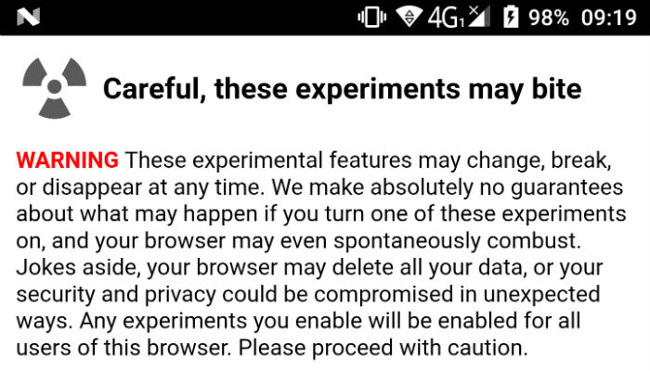
3. To activate the Home button on Chrome browser, scroll down until you see " Chrome Home ". Click on it and select " Enable ". You will have to restart Chrome twice before the changes take effect.
2. Quick access to Camera application
Many consumers have overlooked the traditional point-and-shoot cameras to support the built-in cameras on their smartphones. Although the camera on a smartphone may not be as good as a professional DSLR, the smartphone camera technology has been significantly improved and much more convenient.
Unfortunately, no matter how good our smartphone camera is, opening a camera application can be a hassle. The process of opening the camera application can easily lead to the loss of the opportunity to capture a beautiful moment . Fortunately, there is a way to quickly launch your camera, even when the screen is locked.
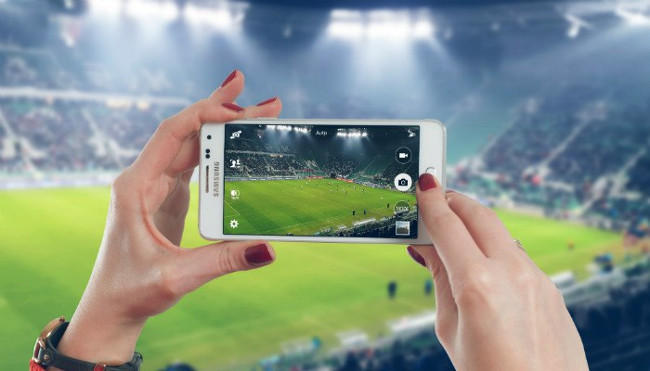
1. Switch to the settings section of the device. Scroll down and touch the option labeled Gestures .
2. In the Gestures menu, find " Jump to Camera " and turn on the option. This will allow you to quickly open the device's camera app just by pressing the power button twice continuously. You can start the camera application this way from any application or even when the screen is locked.
3. Hide sensitive notifications from the lock screen
Notifications that appear on your lock screen can be very helpful. They allow you to quickly prioritize emails, messages, social network interactions and more. However, lock screen notifications can display sensitive information with curious eyes. Whether you guarantee that your parents don't track or worry the boss can see your problematic weekend activities, you can hide the notification content on the lock screen . Your notification content will only be displayed when you unlock your device.
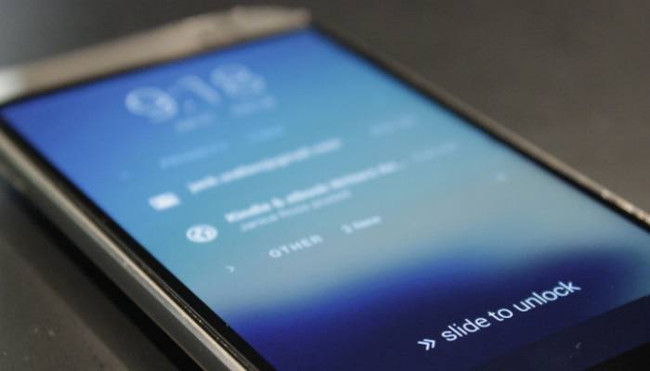
There are several different ways to hide notification content on your lock screen, depending on the device you are using.
For new Android versions :
1. Open Settings and click Notifications .
2. Click All Apps to expand the drop-down menu and find No sensitive content on lock screen ( No sensitive content on the lock screen ).
3. Clicking it will allow you to select specific applications whose content will be hidden.
On older devices:
1. Open Settings and click on Sound and notification (Sound and notification).
2. From there, find Lock screen or When device is locked ( When device is locked ).
4. Stop the App shortcut feature
The Android operating system allows users to customize their device interface extensively. Organizing applications and widget widgets can be time-consuming, which is why it can be annoying when a new shortcut feature appears on the device's home screen right after installing the application. use. These shortcuts can damage the aesthetics of the carefully arranged home screen. Fortunately, you can easily stop automatically creating application shortcuts.
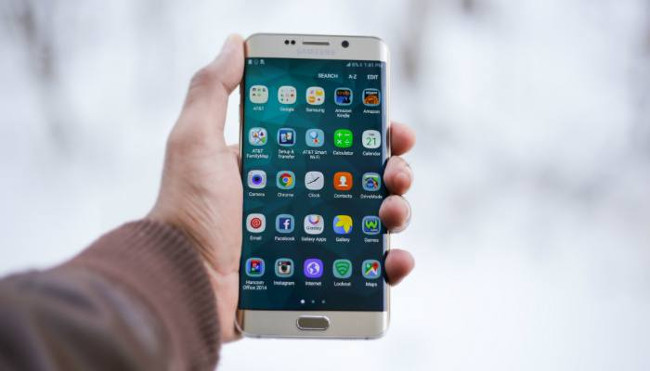
1. Open Google Play Store .
2. Swipe from the left side of the screen to open the navigation bar.
3. Click the alias icon with the Settings tab.
4. Scroll down to the option labeled Add icon to Home screen (Add an icon to the home screen).
5. Click on it to deselect.
This will prevent shortcuts that are placed on the main screen whenever you install a new application.
5. Automatically delete photos that have been backed up to Google Photos
Google Photos is a great service from Google, automatically backing up photos and videos on your device to the cloud. However, once they are backed up, the files remain on the device. This may be a problem for devices with limited storage space.
Normally, to free up storage space , users will have to manually select the photos and videos they want to delete. This can be both tedious and time consuming. Fortunately, Android can make this easier by automatically deleting backed up photos and videos with Google Photos .
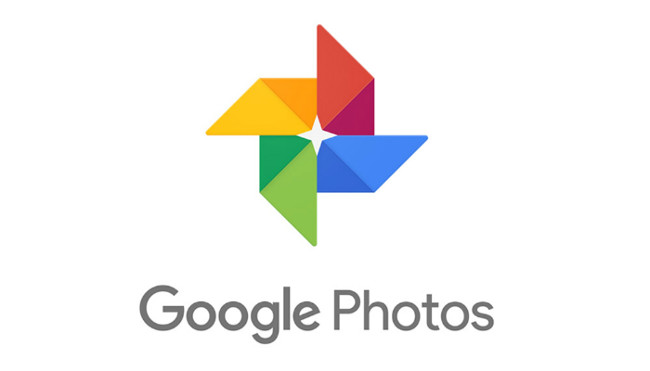
1. Download the Google Photos app (if not already available) and open it.
2. Go to Settings -> Storage .
3. From here, click Manage Storage , then turn on Storage Manager (Note: some devices are called "Smart Storage").
This will automatically delete photos and videos backed up to Google Photos after 90 days.
6. Improve performance by accelerating animation effects
Do you feel your phone is a bit slow, especially when "jumping" between applications? There is an easy way to improve that.
1. First, activate " Developer Settings " by moving to Settings -> About Phone and clicking Build Number 7 times. You will see a small notice on your screen saying " Congratulations, you are now a developer " ( Congratulations, you are now a developer ).
2. To improve your Android device's performance, navigate to Settings -> Developer Options options. Scroll down and find Window animation scale , Transition animation scale and Animator duration scale . Set all to 0.5. This accelerates the animation in the window panel, making your phone faster and smoother during basic operations.
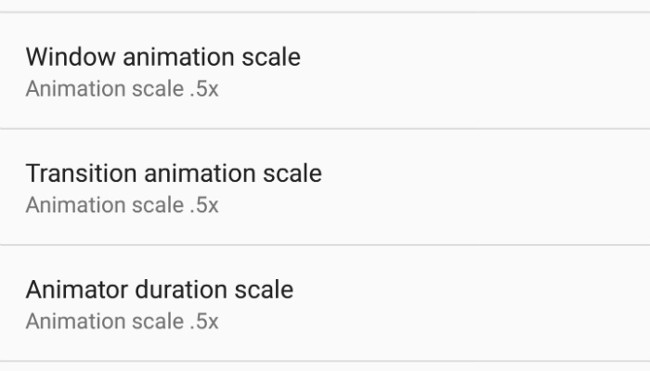
7. Activate the Instant Apps application
There are more than three million apps available on the Google Play store. Unfortunately, not all are great. To try an application, users must download and install the application, which may face data limitations and require patience.
Wouldn't it be great to have some way to try an application? Fortunately, starting with Android 7.0, users can try an application in their browser without having to download or install it.
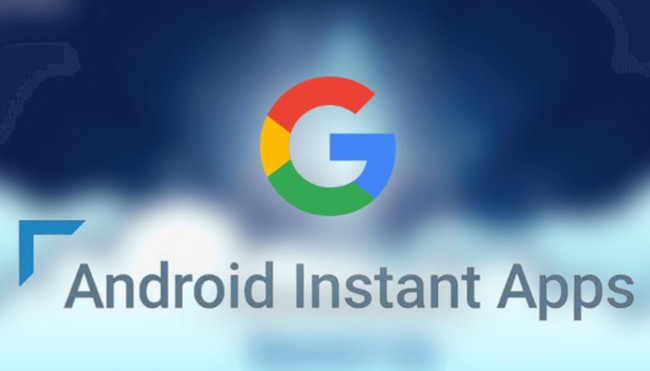
For some reason, this feature is not enabled, but enabling this feature is quite easy.
1. Open the device's settings and navigate to Google Settings .
2. Scroll down and turn on the Instant Apps app.
If you do not find the Instant Apps option, this feature is not available on your device. You should also note that not all applications are available. Developers need to enable features for their application before it is available.
8. Reduce eye strain / Battery saving
In today's life, the fact that our eyes must be glued to the screen all the time, finding ways to reduce eye strain is a serious concern. Fortunately, there is a way to relieve eye stress related to staring at bright colors on the phone.
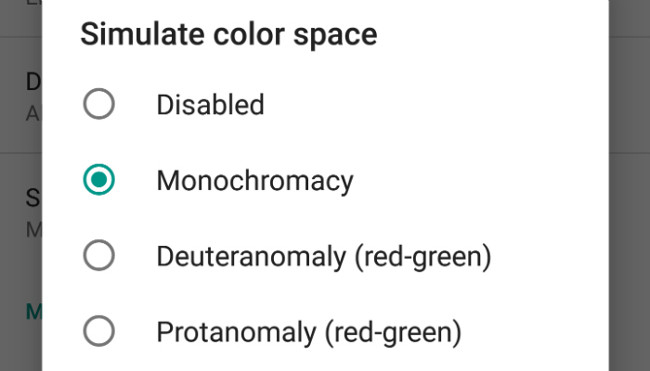
1. Navigate to " Settings " -> Developer Options Options ".
2. Scroll down until you see " Simulate Color Space ". When you press this option, a menu will appear.
3. Touch the " Monochromacy " option. All colors on Android devices will now be converted to monochrome. Note that monochrome colors are only displayed on smartphones, so the screenshot above cannot be displayed. In addition to looking easier, your device will save a bit of battery power.
4. To return to the normal screen, go back to " Settings -> Options for Developer Options -> Simulate Color Space ". In the menu that appears, simply click the " Disabled " button.
9. Enable the System UI Tuner feature
The UI Tuner system is a hidden feature that allows you to customize the experience on your Android device. To turn on the UI Tuner system:
1. Swipe the screen from the top to the notification bar.
2. At the notification panel interface, find the small gear icon in the top right corner of the screen. Press and hold it for a few seconds.
3. Once you keep it long enough, immediately an Android notification will appear on your Android phone screen, turning on System UI Mode on Android successfully.
The important thing to note with Android device owners has hidden these features because it is experimental. You will notice that: " These features may change, break or disappear in future releases " and " Proceed With Caution ." If you don't bother, click " Got it " to continue.
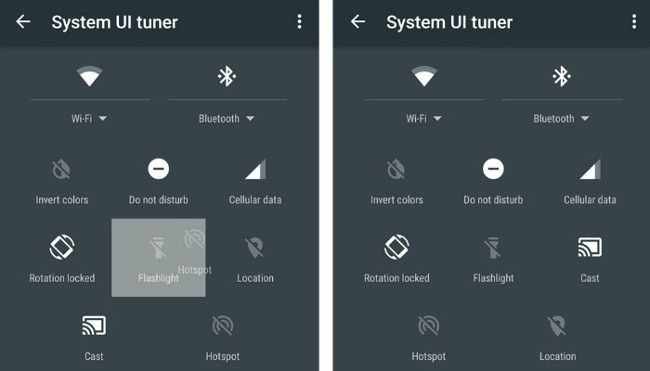
4. Press the alias icon again to switch to the device's settings. Scroll down to the bottom (below "Developer Options" if you have it turned on) until you see the wrench icon labeled " System UI Tuner ". Drag to and touch it. Here, you can change some issues including setting the importance level for application notifications and changing the clock that displays seconds next to hours and minutes.
What is your favorite "hidden" Android feature setting? Let us know in the comment section below!
Refer to some more articles:
- Top 10 smartphone secret features you will want to use immediately
- 8 super hidden features on the phone or you may not know
- Summary of secret codes to activate hidden features on mobile phones
Having fun!
You should read it
- 8 super hidden features on the phone or you may not know
- Top 10 smartphone secret features you will want to use immediately
- 7 useful features of smartphones you may not know how to use
- How to hide private photos on Android
- Viber features on Android you may not know yet
- 14 best Android screen lock apps for your creativity
- How to lock apps on Android phones
- How to change the voice on Android phones
- Save battery for Android phones by disabling 3G
- The best music phones in the world
- Summary of secret codes to activate hidden features on mobile phones
- 3DLUT mobile - Professional photo color correction app
May be interested

How to use the GNotes notes app - Note, Notepad & Memo Android

Root way of Android phones 7.0 / 7.1 Nougat with KingoRoot

How to root your Android Nougat phone with SuperSU

Extend battery life Android does not need root with this application

How to use 2 Facebook accounts on Android

10 super cool Halloween games for Android 2017






 3 hidden features on Android P should be explored immediately
3 hidden features on Android P should be explored immediately Viber features on Android you may not know yet
Viber features on Android you may not know yet Top 5 hidden features available on Windows 10 that you do not know
Top 5 hidden features available on Windows 10 that you do not know Here's how to find hidden games on Android phones
Here's how to find hidden games on Android phones Do you know how to convert and save files and web pages as PDF on Android?
Do you know how to convert and save files and web pages as PDF on Android? What else do you not know about Android TV?
What else do you not know about Android TV?